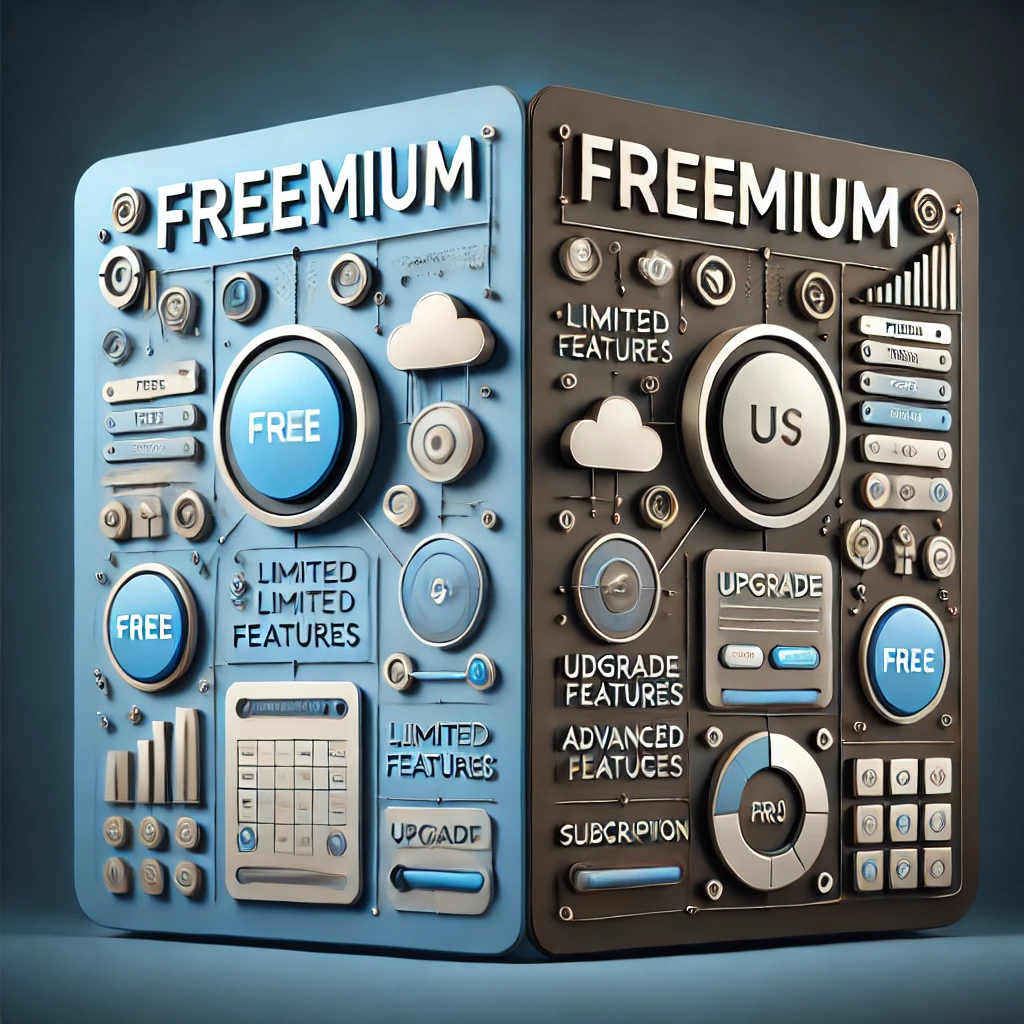Freemium software is a widely used business model that offers a basic version of a product for free while charging for premium features. Many apps and services we use daily operate on this model, from streaming platforms to productivity tools. But how do you generate revenue when your software is free?

What is Freemium Software?
Freemium is a combination of "free" and "premium," meaning companies provide a no-cost version with limited functionality while offering paid tiers for enhanced features, additional storage, or exclusive content.
Why Companies Use the Freemium Model
-
User Acquisition – A free version attracts a large user base, making it easier to convert users into paying customers.
-
Brand Awareness – Freemium products gain visibility through word-of-mouth and organic growth.
-
Upselling Opportunities – Users who enjoy the free version may be more likely to upgrade to access advanced features.
-
Data and Analytics – Free users provide valuable insights that companies can use to optimize their products and marketing strategies.
How Freemium Software Generates Revenue
While users can enjoy the software for free, companies employ several monetization tactics to sustain and grow their business:
1. Premium Subscriptions
Many freemium businesses offer subscription plans that unlock additional features. Examples include:
- Spotify Premium offering ad-free listening and offline downloads.
- Evernote's paid plans providing more storage and collaboration tools.
2. Pay-per-Feature or Add-ons
Instead of full subscriptions, some companies charge for individual features, such as:
- Extra cloud storage on Google Drive.
- In-app purchases in mobile games.
3. Advertising Revenue
For apps that remain entirely free, ads generate income through:
- Display ads in free versions of apps like YouTube.
- Affiliate marketing and sponsored content within the platform.
4. Licensing and Partnerships
Companies may offer their software for free but make money through:
- Licensing the technology to enterprises.
- Partnering with businesses for exclusive integrations.
5. Usage-Based Pricing
Some services charge based on consumption, such as:
- Cloud computing services like AWS offering a free tier with paid usage scaling.
- API-based platforms that charge for exceeding free usage limits.
- Challenges of the Freemium Model
While freemium can be effective, it comes with challenges:
-
Conversion Rates – Only a small percentage of free users typically upgrade.
-
Server and Maintenance Costs – Supporting a large free user base can be expensive.
-
Feature Balance – Companies must ensure the free version is valuable without eliminating the incentive to upgrade.
Freemium software allows companies to attract users at scale while monetizing premium offerings. By balancing free access with compelling paid features, businesses can generate sustainable revenue while keeping users engaged.
At Code Scientists, we help companies develop scalable, high-performing software tailored to both free and paid users. Whether you're building a new freemium platform or optimizing an existing one, our team is here to help. Ping us to discuss your product development needs!
